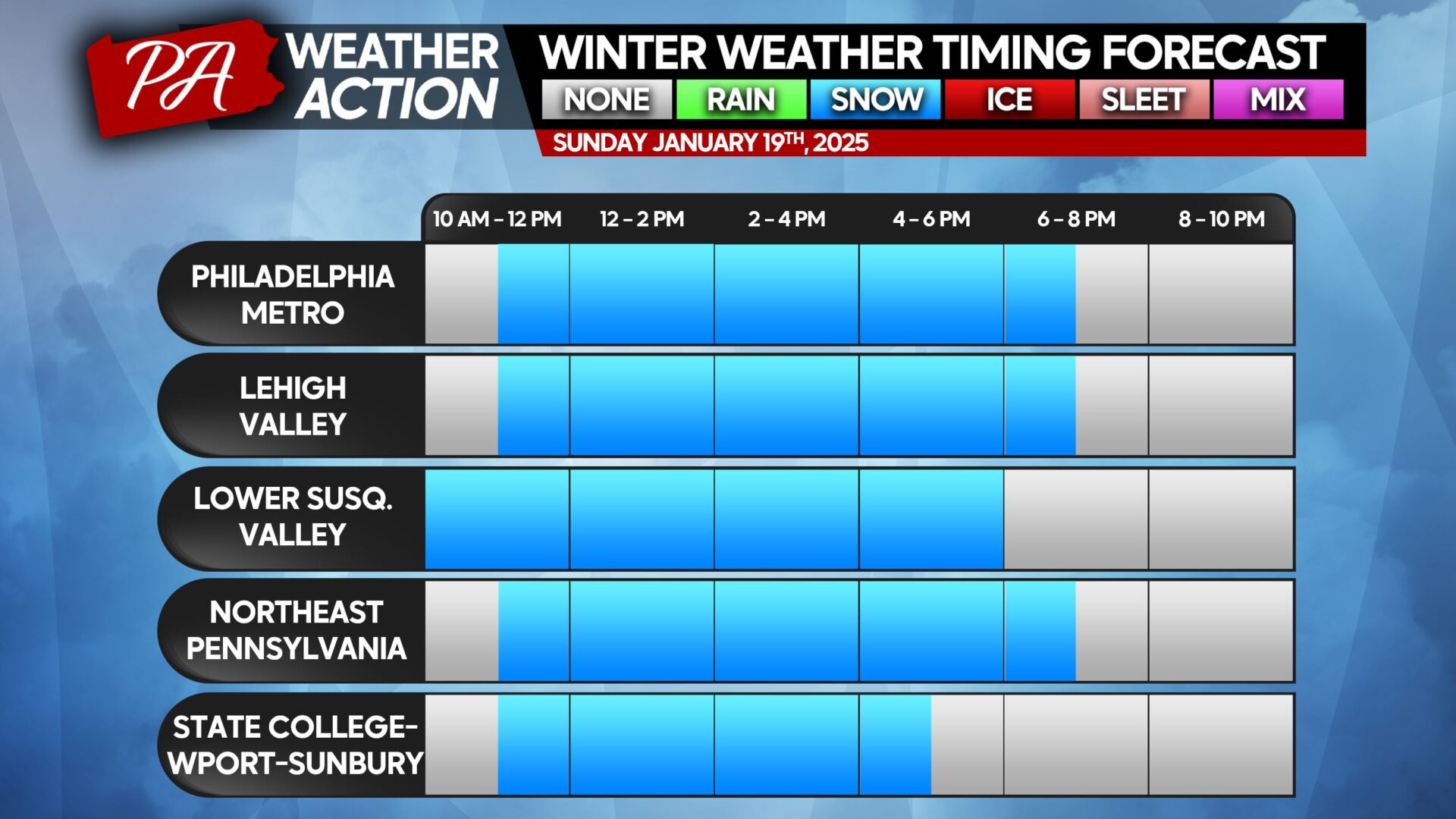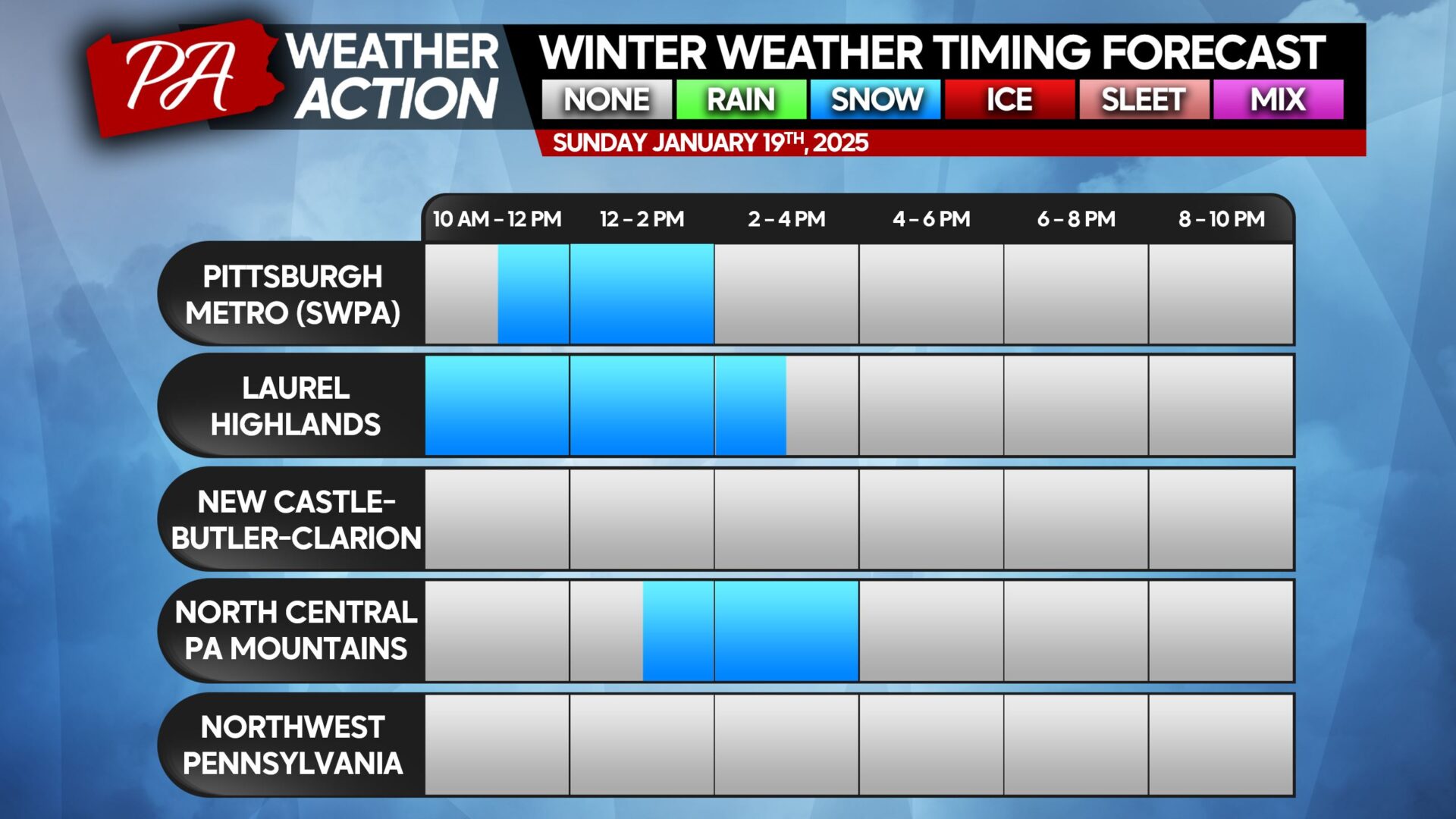Pennsylvania could speed its pace cutting carbon emissions, raise new revenue and boost the state’s use of renewable fuels by completing its planned enrollment in the Regional Greenhouse Gas Initiative, an agreement by 12 states to curb emissions from power plants, according to a new analysis.
The study, published this week by energy specialists at the University of Pennsylvania’s Kleinman Center for Energy Policy, and Resources for the Future, a research nonprofit, concluded that by joining RGGI, Pennsylvania would by 2030 curb emissions by 80 percent from 2020 levels, compared with a cut of about 50 percent if it stayed outside the current bloc of 11 other northeastern and mid-Atlantic states. The state has already cut emissions since 2014, largely by switching its power plants to natural gas from coal, the report said.
Participation in RGGI would also drive down the state’s use of coal and natural gas while stimulating the production of electricity from renewable sources such as wind and solar, the report said, in conclusions based on modeling.
It projected that the state would increase its revenues by between $101 million and $148 million in 2030 as a result of selling RGGI’s carbon “allowances” to power generators, and that around 70 percent of that revenue would come from other states in the bloc buying the allowances.
And it said all the gains would be achieved with only a minor increase in retail electricity prices or even a small decline.
Under RGGI’s “cap-and-invest” design, participating states agree to set a cap on emissions from their power sectors that declines about 3 percent each year. Power generators must buy “allowances” at periodic auctions for each ton of carbon they will emit above the cap, with proceeds going to the states to assist in their transition to clean energy, with emissions dropping in a predictable way.
Pennsylvania formally joined RGGI in April 2022 in accordance with an executive order from former Gov. Tom Wolf, a Democrat, issued the day after a bill to reject state membership failed in the state Senate. But Wolf’s order was followed by two lawsuits by coal and gas interests opposing the plan. The suits resulted in a court order blocking implementation of the order until the Commonwealth Court, which adjudicates disputes involving state government agencies, decides on the constitutionality of the order. That decision remains pending.
If the court rules against the challenges, and membership is approved by the new Democratic governor, Josh Shapiro, Pennsylvania would become the 12th active member of RGGI. Since other member states began issuing carbon allowances to power generators in 2008, the bloc has cut emissions by more than 50 percent, twice as fast as the United States as a whole, and has generated some $6 billion for state revenues, most of which has been spent on clean-energy projects, RGGI said in a statement on its website.
This week’s analysis was written in light of new drivers of world energy supply and demand, including Russia’s invasion of Ukraine, which has increased demand for Pennsylvania’s abundant supplies of natural gas, and the U.S. Inflation Reduction Act of 2022, which provides unprecedented government support for the development of renewable fuels.
Despite the projected benefits of RGGI membership, it would likely have little effect on the state’s upstream oil and gas industry because some three-quarters of Pennsylvania’s natural gas is exported overseas or elsewhere in the United States, rather than burned in in-state power plants, the report said.
“The main drivers of its gas demand will continue to be the demand for natural gas plant liquids, the speed of electrification in the United States, and the global demand for liquefied natural gas whether Pennsylvania joins RGGI or not,” it said.
Opponents of Wolf’s executive order, including Republican lawmakers, three Democratic state senators and coal and gas interests, argued that he did not have the authority to impose what they say is a tax rather than a fee on power generators, and that any decision to raise taxes lies with the legislature rather than the executive. They also argued that the cost for power generators to buy the allowances would be passed on to consumers, resulting in higher domestic electricity bills.
Critics from the state’s Republican caucus quoted an earlier study from Pennsylvania State University’s Center for Energy and Law Policy, which concluded that RGGI membership would result in retail electricity bills going up by 7.8 percent a year from 2022 to 2030.
“That translates into devastating bills for low-income residents who already spend about 15 percent of their household budgets on energy costs,” the GOP lawmakers said in a recent letter to Shapiro.
The critics also argue that the state’s economy would be damaged by RGGI membership because higher costs for power generators would force them to lay off workers, and would weaken the state’s energy security.
Keep Environmental Journalism Alive
ICN provides award-winning climate coverage free of charge and advertising. We rely on donations from readers like you to keep going.
Donate Now
But supporters of RGGI membership have said it would benefit the environment, the economy and public health, with what the new report concluded would be little or no impact on Pennsylvanians’ utility bills. Lower power-plant emissions would curb airborne pollutants such as sulfur dioxide and nitrogen oxides, resulting in fewer hospital visits and a cut in the number of lost work days.
Under its latest Climate Action Plan, published in 2021, Pennsylvania aims to reduce its greenhouse gas emissions by 26 percent from 2005 levels by 2025, and by 80 percent by 2050—targets that environmentalists say would be easier to meet as a RGGI member.
RGGI membership would also boost Pennsylvania’s economy by $2 billion, and create 30,000 jobs if revenue from selling allowances is spent on clean-energy projects, proponents say.
David Masur, executive director of PennEnvironment, an advocacy group that supports Pennsylvania joining RGGI, said the new report endorses previous studies in finding that the state would benefit from membership. “It bolsters the growing research on this whole set of benefits,” he said.
“These studies are important because they debunk a lot of the rhetoric that opponents like to say to increase fear of the program,” Masur said. “But the facts are showing that there are a lot of benefits.”
He argued that another independent report from reputable sources makes it harder for skeptics to argue that joining RGGI would increase electricity costs for ratepayers and hurt the state’s economy.
“Kleinman and RFF, their only stake in this fight is to look at the facts, and let the facts fall where they may,” Masur said. “If RGGI happens or not, UPenn doesn’t make a windfall. They don’t have a financial dog in the fight so they can really be above the fray.”
Still, any decision to join RGGI must overcome the legal challenges that are widely expected to be decided by the Pennsylvania Supreme Court, which would hear appeals from whichever side loses the Commonwealth Court cases. Membership also needs approval by Gov. Shapiro, who has yet to commit on the issue, and has set up a working group of environmentalists, trade union officials and business leaders to advise him on climate policy, including the option of joining RGGI.
His office did not respond to a request for comment on the new RGGI report on Wednesday.
Rob Altenburg, senior director for energy and climate at the advocacy group PennFuture, said there’s no sign that the courts have decided to fast-track the RGGI cases.
“If the courts wanted to handle this expeditiously, I think we would have seen a result by now,” he said. “The [state] Supreme Court had the opportunity to expedite some of the decisions that have been appealed already, and they have declined to do that.”
Many other RGGI member states have not faced legal challenges on the grounds that the carbon allowances are an unauthorized tax because their decision to join was based on legislation, not executive action, Altenburg said.
Any eventual decision by Pennsylvania to join RGGI would be a major boost to the project because the state is an exporter of electricity, and a big emitter of carbon, he said.
“In terms of emissions, Pennsylvania is the size of all the RGGI states combined,” said Altenburg, whose group supports RGGI. “In terms of generation, we are a big state.”
























/cdn.vox-cdn.com/uploads/chorus_asset/file/25822586/STK169_ZUCKERBERG_MAGA_STKS491_CVIRGINIA_A.jpg)

/cdn.vox-cdn.com/uploads/chorus_asset/file/23935558/acastro_STK103__01.jpg)


/cdn.vox-cdn.com/uploads/chorus_asset/file/25826211/lorealcellbioprint.jpg)
/cdn.vox-cdn.com/uploads/chorus_asset/file/25832751/2192581677.jpg)
